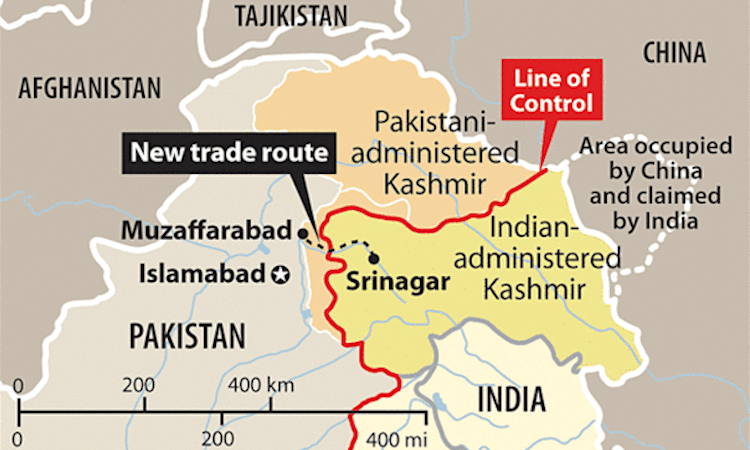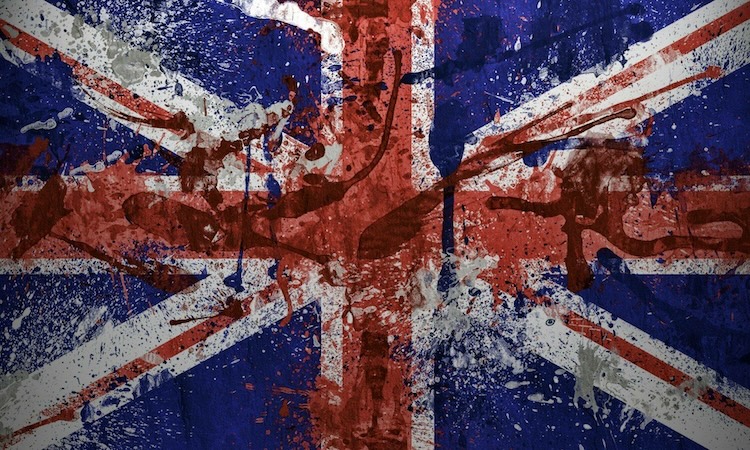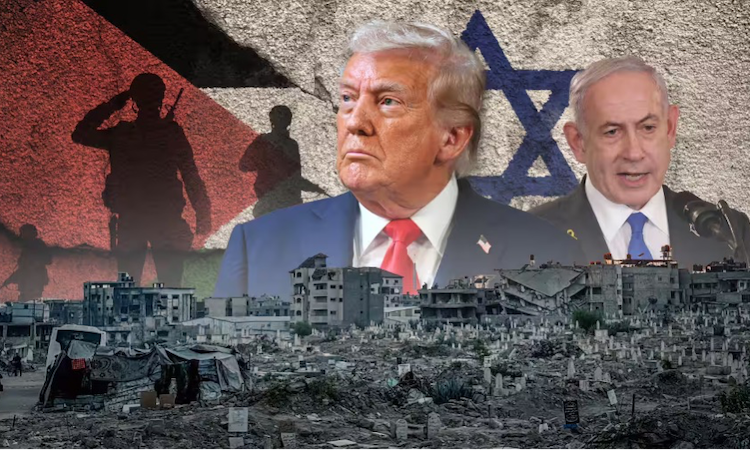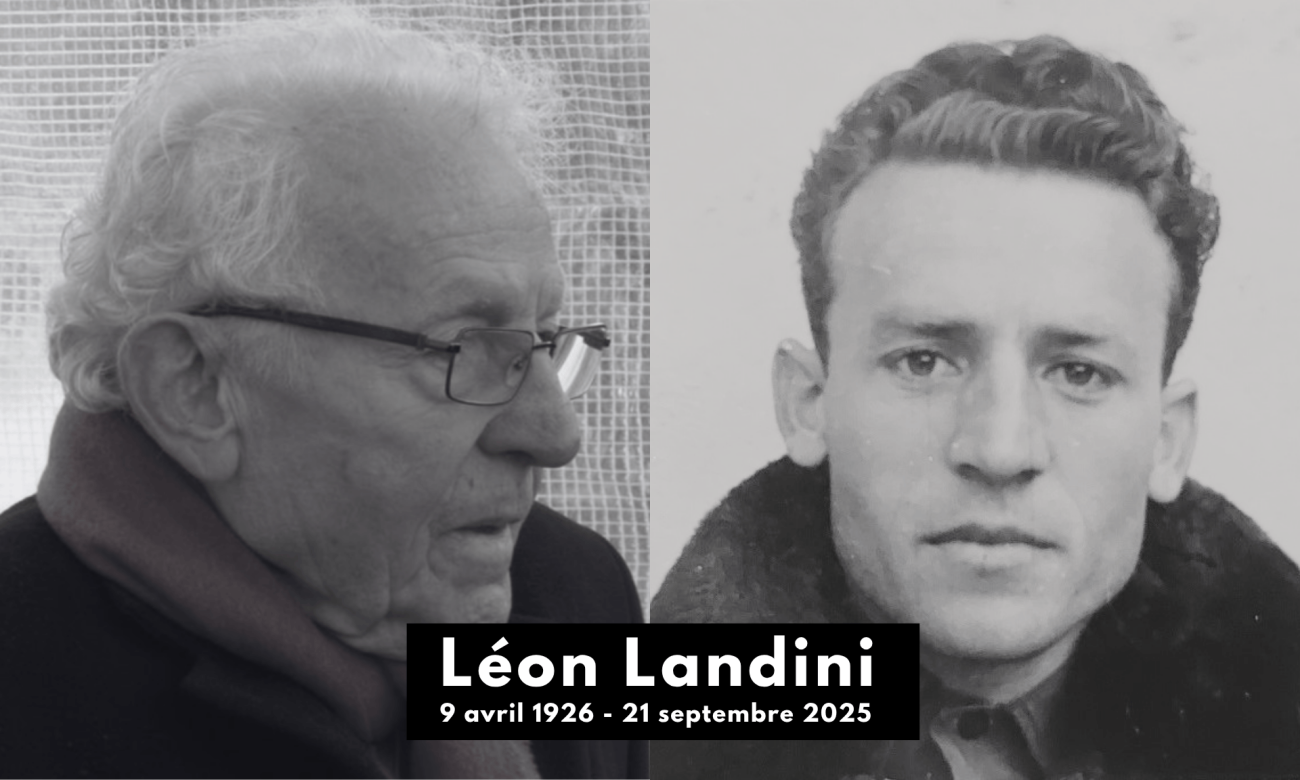The bombing of the Crimean bridge was the latest in a string of terrorist attacks committed against Russian civilians this year.
Around 6.00am on 8 October, a truck full of explosives was detonated as it drove across the road section of the bridge. Its fire spread to a goods train that was carrying fuel on the parallel tracks, and the bridge was closed as emergency services rushed to quench the flames and assess the damage to what has become an iconic structure in modern Russia.
Until the recent referendums and incorporation of Kherson, Zaporozhe, Donetsk and Lugansk into the Russian Federation, the bridge – crossing the Kerch straight between the Black and Azov seas – was the only land link between Russian Crimea and the Russian mainland.
A magnificent feat of engineering, the bridge has regularly featured on Russian postage stamps and coins since its construction. The largest structure of its kind in Europe, spanning 19km, it was built after the Crimean people made their almost unanimous decision to leave Ukraine and join the Russian Federation in 2014 – a reaction to the imperialist-backed ‘Euromaidan’ coup d’etat in Kiev which instituted a fascistic anti-Russian apartheid across the former socialist republic.
It is still not known whether the truck driver knew what he was carrying, or how he was able to get past security. By great good fortune, however, not only were very few people harmed, but the damage to the bridge turned out to be superficial, so that the undamaged part of the roadway and rail tracks had been reopened to traffic by the evening of the same day.
Despite some ludicrous suggestions that the attack had been the result of ‘Russian infighting’, it was evidently not carried out by the Russians themselves, since the successful destruction of the $4bn bridge would have been a financial and logistical blow, potentially cutting off important supply lines and damaging the morale of soldiers and civilians alike.
The whodunnit is solved as western media look the other way
The general consensus quickly arrived at was that Ukrainian armed forces were behind the attack – indeed, Ukrainian media admitted as much on the day. But an exclusive report by the Grayzone has revealed that the situation was not nearly so clear cut.
Details of documents and emails that circulated between British intelligence officials earlier this year clearly reveal that British special forces planned the attack. It is perfectly possible, of course, that Ukrainian secret services were tasked with executing their British instructors’ orders, but of Britain’s overall directing role there can now be little doubt.
Those of us who are waiting for outraged calls for heads to roll now that this information has become public are likely to be waiting a long time, however – as the orgy of gloating that followed the news made all too clear.
Indeed, within hours of the explosion, the Ukronazi regime had even issued a new postage stamp ‘celebrating’ this not-quite-as-destructive-as-they-had-hoped act of vandalism. Whether the blatant celebration of a criminal attack on civilians will ultimately prove a PR win or a PR gaffe we will leave our readers to judge.
The stamp’s appearance certainly spoke volumes about the supremacist mindset with which the Ukrainian state seeks to inculcate its people – as did the uncritical repetition of Ukrainian jibes that the explosion was a “birthday present” for President Putin.
Despite the circulation of the leaked British documents, Ukraine’s attempts to take credit for the operation, and the initial and very high-profile flood of acclaim with which western politicians and media personalities greeted this ‘victory’, many imperialist media outlets have since backtracked over the question of responsibility. Sources such as the BBC are now branding the attack an ‘unsolved mystery’, and even speculating about possible Russian involvement.
One can only assume this abrupt volte face has been brought about by a rather belated realisation that openly organising and endorsing acts of naked terrorism might not be the best look for those who are trying to retain or win back the favour of their increasingly nervous satellites.
Russia’s response
Following the Saturday morning attack, repair work began immediately, and by Sunday morning the cars crossing the bridge were able to use two lanes, while the number allowed to cross simultaneously had increased from ten to 50 to 100. Traffic by car and rail was back to normal levels by the Monday morning.
Whilst the mobilisation of 300,000 Russian reservists is ongoing, with those called up undergoing the necessary training and gradually being incorporated into the ranks of the fighting force in Ukraine, Russia launched its biggest barrage of missile strikes since the start of the special military operation in response to the attack on the bridge.
The strikes hit ammunition depots and other types of military infrastructure. Most notably, they hit the SBU (secret services) offices in Kiev as well as crucial power and communications infrastructure all over the country – leading to widespread power outages and growing fears of a refugee crisis in the European Union this winter.
The muddy conditions created by autumn rains is impeding the movement of ground troops, which is particularly hard for Ukraine’s forces, with supply lines that stretch all the way back from the front line in eastern Donbass to Poland in the west, exposed all the way to Russian artillery, missile and drone strikes.
Drone strikes regularly hit targets in Kiev, and the cheaper drones that Russia has been using in large quantities since the bridge attack have proved extremely effective against Ukraine’s depleted and scattered air defences.
Meanwhile, the gradual expansion of the Russian force is being met with an increase of Nato troops in Ukraine, including from the US army itself (despite repeated assertions of ‘non-involvement’), which is supplying a host of ‘inspectors’ to boost the Ukrainian army’s capabilities.
These ‘inspectors’ are supposedly there to see where all the weapons being poured into Ukraine are going, but are far more likely there to kill Russians. Clearly keen to avoid admitting to their direct role and an open confrontation with Russia, nevertheless the number of ‘advisors’, ‘inspectors’, ‘trainers’ and ‘volunteers’ from western imperialist countries continues to grow.
The accelerating collapse of the Wolfowitz doctrine
The Wolfowitz doctrine was the unofficial name given to the US defence planning guidance document produced after the dissolution of the Soviet Union by the under-secretary of defence for policy Paul Wolfowitz and his deputy Scooter Libby.
This document laid out the foreign policy the USA aimed to follow in the years 1994-99. Supposed to be kept confidential, it came to public attention after it was leaked to the New York Times in March 1992.
The ‘American exceptionalism’ espoused in the document has roots that are centuries old and deeply buried in the foundations of the American nation, as was highlighted by abolitionist senator John P Hale in his ironic castigation to the US senate back in 1850:
“At the commencement of this year, the American senate, the highest legislative body of the world, the wisest, greatest and most magnanimous people that ever lived or ever will live, forgetting and neglecting the trifling local affairs which concerned their own limits, constituted themselves into a high court and proceeded to try the nations of the earth for atrocious acts of despotism.”
Following the collapse of the Soviet Union – the only rival superpower that had the power to hold US imperialism in check after WW2 – the now dominant superpower was flexing its imperial muscles with gleeful anticipation of the loot in store. Accordingly, Wolfowitz’s paper stated:
“Our first objective is to prevent the re-emergence of a new rival, either on the territory of the former Soviet Union or elsewhere, that poses a threat on the order of that posed formerly by the Soviet Union. This is a dominant consideration underlying the new regional defence strategy and requires that we endeavour to prevent any hostile power from dominating a region whose resources would, under consolidated control, be sufficient to generate global power.
“We continue to recognise that collectively the conventional forces of the states formerly comprising the Soviet Union retain the most military potential in all of Eurasia; and we do not dismiss the risks to stability in Europe from a nationalist backlash in Russia or efforts to reincorporate into Russia the newly independent republics of Ukraine, Belarus, and possibly others …
“We must, however, be mindful that democratic change in Russia is not irreversible, and that despite its current travails, Russia will remain the strongest military power in Eurasia and the only power in the world with the capability of destroying the United States.”
So there the matter is summed up in a nutshell: Russia has too many natural resources that we want to control, and it combines these with a military potential to destroy the USA. Therefore, a strong united Russia that acts in its own interests remains the ultimate anathema as far as the US imperialists’ hegemonic, monopolistic goals are concerned.
The document also asserts that “The USA must show the leadership necessary to establish and protect a new order that holds the promise of convincing potential competitors that they need not aspire to a greater role or pursue a more aggressive posture to protect their legitimate interests.
“In non-defence areas, we must account sufficiently for the interests of the advanced industrial nations to discourage them from challenging our leadership or seeking to overturn the established political and economic order. We must maintain the mechanism for deterring potential competitors from even aspiring to a larger regional or global role.
“While the USA cannot become the world’s policeman, by assuming responsibility for righting every wrong, we will retain the preeminent responsibility for addressing selectively those wrongs which threaten not only our interests, but those of our allies or friends, or which could seriously unsettle international relations.”
This passage seems particularly ironic in the light of what is happening to western Europe today. Germany’s political leadership has been going along with everything the USA has demanded since Russia launched its special military operation in Ukraine – even to the point of breaking the German economy in broad daylight.
Will the German ruling class find a way to break free of this suffocating embrace, or must the red banner be hoisted over the Reichstag before Germany’s people are allowed any respite from their precipitous decline?
It is interesting to note Wolfowitz’s rejection of the idea that the US would become “the world’s policeman”. As we have seen, what the US imperialists preferred instead was to take all the impunity and privileges associated with a policeman’s role, while rejecting its responsibilities – that is: to behave like gangsters with a police badge.
The best-laid plans
So how is this doctrine working out for the USA? The strongest powers that the imperialists couldn’t control so well after the 2008 crisis formed the Bric group (Brazil, Russia, India and China); South Africa joined soon after turning it into the Brics. This year since the start of Russia’s special military operation in Ukraine, Algeria, Iran, Saudi Arabia, Turkey, Mexico and Indonesia have all shown an interest in joining, and more countries are rumoured to be making quiet enquiries.
A growing number of alternative economic, political and security blocks have been formed over the last 20 years, and in direct response to the USA’s belligerent attitude – the Shanghai Cooperation Organisation (SCO) and the Collective Security Treaty Organisation (CSTO) of former Soviet states in particular. None of these developments bode well for the Wolfowitz doctrine, resting as it does on the assumption that no-one in the global playground has either the will or the ability to stand up to the rampaging US bully.
Meanwhile, outside the upside-down world of the imperialist-controlled western media bubble, the imperialists’ open gloating over the Crimea bridge attack has not played well. After all, what signal does such an attack on a country’s vital infrastructure send to the people of the Brics and other developing nations?
As the imperialists’ base and insatiable greed is exposed for all to see, it is hardly surprising that increasing numbers of workers and peasants across the world are waving Russian flags and calling for the removal of west-aligned governments.
















